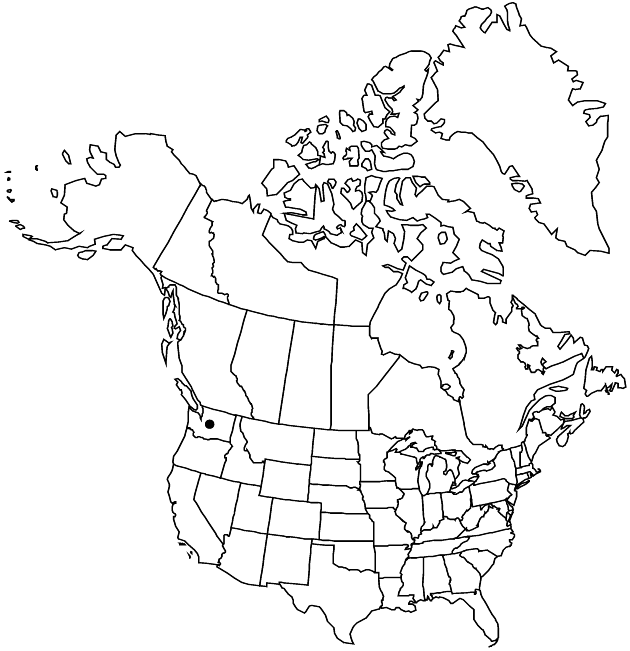Difference between revisions of "Senecio neowebsteri"
Leafl. W. Bot. 8: 143. 1957.
FNA>Volume Importer |
FNA>Volume Importer |
||
| Line 52: | Line 52: | ||
|publication year=1957 | |publication year=1957 | ||
|special status= | |special status= | ||
| − | |source xml=https://jpend@bitbucket.org/aafc-mbb/fna-data-curation.git/src/ | + | |source xml=https://jpend@bitbucket.org/aafc-mbb/fna-data-curation.git/src/f50eec43f223ca0e34566be0b046453a0960e173/coarse_grained_fna_xml/V19-20-21/V20_1218.xml |
|tribe=Asteraceae tribe Senecioneae | |tribe=Asteraceae tribe Senecioneae | ||
|genus=Senecio | |genus=Senecio | ||
Revision as of 20:24, 16 December 2019
Perennials, 7–15(–20+) cm (rhizomes fibrous-rooted). Herbage (sometimes purplish-tinged) floccose-tomentose, unevenly glabrescent. Stems single or loosely clustered (erect or arching). Leaves mostly cauline; petiolate (petioles about equaling blades); blades lanceolate or oblanceolate to ovate, (2–)4–8+ × 1.5–3 cm, bases tapered, margins denticulate (distal leaves smaller, lanceolate or linear-lanceolate, bractlike). Heads nodding, 1(–2). Calyculi of 4–8 lanceolate to lance-linear bractlets (lengths mostly less than 1/2 phyllaries). Phyllaries usually ± 21, sometimes ± 13, (8–)10–15 mm, tips usually greenish (often sparsely hairy). Ray florets ± 13; corolla laminae ± 15 mm. Cypselae glabrous. 2n = 40.
Phenology: Flowering late summer–early fall.
Habitat: High talus slopes
Elevation: 2200–2600 m
Discussion
Of conservation concern.
Selected References
None.
